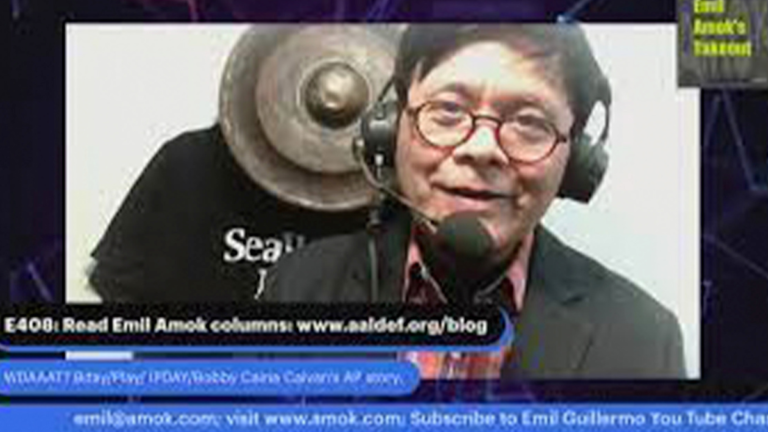
By Emil Guillermo, OAKLAND POST
Don’t think for a second that Asian Americans want affirmative action to end. You might get that impression after hearing two cases involving the use of race in college admissions at Harvard and the University of North Carolina before the Supreme Court.
Asian American plaintiffs in the Harvard case, in particular, are represented by a group called Students for Fair Admissions, or SFFA.
Don’t be duped. The group is not at all representative of Asian Americans. They constitute a minority within a minority. Affirmative action is supported by nearly two-thirds of Asian American voters, according to national polling data. What you’re witnessing is a classic “divide and conquer” strategy, in which some Asian Americans are being used by Ed Blum, a white anti-civil rights activist who has dedicated his life to undermining diversity and race equity in society, from voting rights to higher education.
And now it appears that his time has come.
Remember, conservatives aren’t always opposed to affirmative action. The late Justice Sandra Day O’Conner was not—totally. To its credit, the court has always allowed for race to be addressed within limits. Of course, no quotas. However, race has always been permitted as a factor.
Then came the Fisher v. Texas case in 2012, in which Blum handcuffed a white female plaintiff in an attempt to demolish the use of race in admissions at the University of Texas. It didn’t work, but Blum learned his lesson.
He recognized that he did not have a perfect victim. Even Antonin Scalia wondered aloud what the damage was to the white Fisher when she was denied admission in a process where she had to compete fairly against people of color.
What was the harm, after all? What is the application fee?
So, this time, Blum went online and found rejected applications from Harvard and UNC. And he discovered a sizable number of plaintiffs among a new generation of Asian American immigrants, or rather their sons and daughters, who arrived in the 1990s and after.
They were the ones who never understood why their little darlings with straight A’s and perfect scores were denied admission to Harvard.
They have facilitated Blum’s yellow-faced assault on affirmative action.
Only the Mason/Dixon line is the year of your family’s immigration, and it’s caused a civil war among Asian Americans. 1980s? ’90s? 2000s?
These are the members of our community who have been used by Blum in an attempt to destabilize a social system that has allowed previous generations of not just Asian Americans, but all people of color, women, and anyone else who has been qualified, to break down color barriers in life.
They simply required the benevolent boost known as “affirmative action.” It is impossible to predict how the court will rule in the Harvard and UNC cases. The justices’ questions don’t really reveal much. Clarence Thomas slammed the University of North Carolina by questioning the educational value of diversity.
“I didn’t attend racially diverse schools, but there were educational advantages,” he explained. “And I’d like you to tell me explicitly that when a parent sends a child to college, it’s not necessarily to have fun or feel good or anything like that; it’s to learn physics or chemistry or whatever their study is. So, tell me about the educational advantages.”
North Carolina Solicitor General Ryan Park, arguing for UNC, mentioned the benefits of racial diversity, but not to Thomas’ liking. “I suppose I don’t put much stock in that because I’ve heard similar arguments in favor of segregation as well.”
Thomas represents the hardline conservative viewpoint.
But there was also the court’s first African American female. Associate Justice Ketanji Brown Jackson questioned the SFFA attorney about the negative impact of the race conscious admissions approach. The SFFA attorney could not speak to any significant harm and admitted that the current system benefited even whites.
So, why bother with the plaintiff’s SCOTUS appeal if lower courts have already ruled that Harvard and UNC’s programs are not discriminatory?
The only thing that has changed is the high court’s six staunchly conservative justices.
You’ve seen what they’ve done to abortion. Would they treat affirmative action in the same way?
In a moment of time.
That is what people are concerned about. A decision is anticipated in 2023. I’m trying to be optimistic while I can. Affirmative action has been an important tool in the fight against racism. There would be no BIPOC middle class without it.
So, what is the ultimate strategy for defeating a court that is hell-bent on playing politics?
Emil Guillermo is a commentator and journalist. He hosts a webcast at http://www.amok.com
The article COMMENTARY: The Battle to Preserve Affirmative Action for All first appeared on Post News Group.
This article originally appeared in Post News Group.